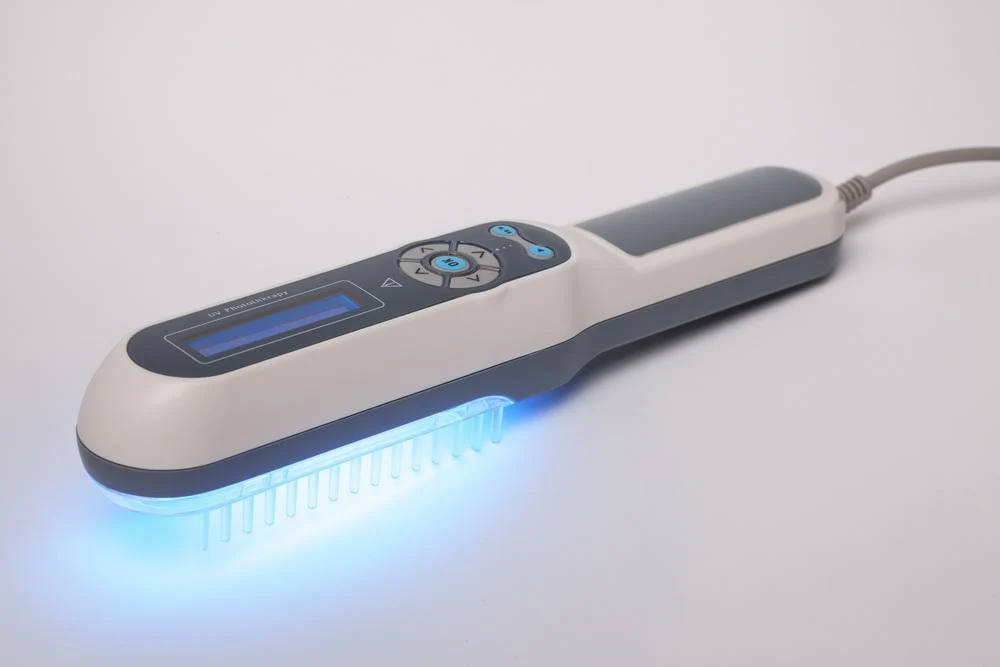Turtles are fascinating creatures that have roamed the Earth for millions of years. These slow-moving reptiles have adapted to various environments, from lush rainforests to arid deserts. However, there’s one vital element that plays a crucial role in their lives – UVB light. In this comprehensive article, we’ll delve deep into the importance of UVB light for turtles, shedding light on its significance for their health and well-being.
The Importance of UVB Light for Turtles: Shedding Light on a Vital Element
Turtles, like many reptiles, are ectothermic, which means they rely on external sources of heat to regulate their body temperature. UVB light, or ultraviolet B light, is a critical component of their environmental needs. Let’s explore its various facets:

Understanding UVB Light
UVB light is a type of ultraviolet light that is essential for reptiles, including turtles. It plays a significant role in their metabolic processes and overall health. UVB light is found in sunlight, but it can also be artificially generated through specialized UVB lamps.
UVB and Calcium Metabolism
One of the primary reasons UVB light is vital for turtles is its role in calcium metabolism. Turtles need calcium for the development and maintenance of their shells and bones. UVB light helps them absorb and metabolize calcium efficiently.
The Impact on Shell Health
A turtle’s shell is its armor, providing protection and support. Without adequate UVB light, turtles can develop shell deformities and softening, making them vulnerable to injuries and diseases.
UVB for Thermoregulation
Turtles rely on UVB light to regulate their body temperature. Basking in the sun allows them to warm up, while seeking shade helps them cool down. This behavior is essential for their overall well-being.

UVB and Vitamin D Synthesis
UVB light also plays a crucial role in the synthesis of vitamin D in a turtle’s body. Vitamin D is essential for proper bone development and immune system function. Without UVB exposure, turtles can suffer from vitamin D deficiency.
The Importance of Proper Lighting
Creating the right lighting conditions in a turtle’s habitat is crucial. This includes providing access to both UVB and UVA (ultraviolet A) light sources, as UVA light aids in stimulating natural behaviors and appetite.
Factors Affecting UVB Exposure
Several factors can impact a turtle’s UVB exposure, including the type and strength of UVB lamps, the distance between the lamp and the turtle, and the duration of exposure. It’s essential to get these factors right to ensure the turtle’s well-being.
Common Mistakes in UVB Lighting
To provide the best care for your pet turtle, it’s crucial to avoid common mistakes in UVB lighting. These can include using outdated bulbs, placing lamps too far away, or not providing a proper basking area.
Understanding UVB Light
UVB light, short for ultraviolet B light, is a component of sunlight that holds significant importance for various living creatures, including turtles. Understanding UVB light is crucial to appreciate its role in the health and well-being of these reptiles.
UVB light falls within the ultraviolet spectrum and is characterized by wavelengths between 280 and 315 nanometers. It is distinct from UVA light (ultraviolet A), which has longer wavelengths. UVB light is essential for turtles because it plays a pivotal role in their metabolic processes.
In the natural world, turtles rely on UVB light from the sun to fulfill their UVB requirements. When they bask in the sunlight, their bodies absorb this vital light, which is essential for their overall health. However, in captivity, providing an artificial source of UVB light, such as UVB lamps, is necessary to ensure they receive the right exposure.

UVB and Calcium Metabolism
UVB light’s influence on calcium metabolism is one of its most crucial roles for turtles. Calcium is a fundamental mineral that is integral to a turtle’s skeletal structure, including its shell. UVB light facilitates the absorption and utilization of calcium from their diet.
When a turtle receives sufficient UVB light, it helps activate a process in their skin that synthesizes a precursor to vitamin D. This precursor, known as previtamin D3, undergoes further transformation in the liver and kidneys to become active vitamin D. Vitamin D is essential for calcium absorption in the intestines.
As a result of this complex process, turtles can efficiently utilize dietary calcium to develop and maintain their shells and bones. Without adequate UVB exposure, turtles may struggle to absorb calcium from their diet, leading to various health problems, including soft shells and weakened bones.
Frequently Asked Questions
How long should a turtle be exposed to UVB light?
Turtles should have access to UVB light for 10-12 hours a day. This mimics their natural basking behavior.
Can I use natural sunlight as a UVB source?
While natural sunlight is ideal, it’s essential to ensure that your turtle receives consistent exposure. UVB lamps can provide a more reliable source of UVB.
Are all UVB bulbs the same?
No, not all UVB bulbs are created equal. It’s essential to choose high-quality UVB bulbs designed for reptile use.
What are the signs of vitamin D deficiency in turtles?
Signs of vitamin D deficiency in turtles can include soft shells, lethargy, and reluctance to eat.
Can turtles get too much UVB light?
Yes, excessive UVB exposure can lead to health issues. It’s crucial to follow guidelines for the right amount of UVB exposure.
How do I set up a UVB light in a turtle enclosure?
Position the UVB lamp over the basking area, ensuring that it’s within the recommended distance from the turtle.
Conclusion
In conclusion, the importance of UVB light for turtles cannot be overstated. It is a vital element that influences their calcium metabolism, shell health, thermoregulation, and overall well-being. Providing the right UVB lighting conditions is essential for any turtle owner. By understanding and addressing their UVB needs, we can ensure these remarkable reptiles lead healthy and fulfilling lives.






